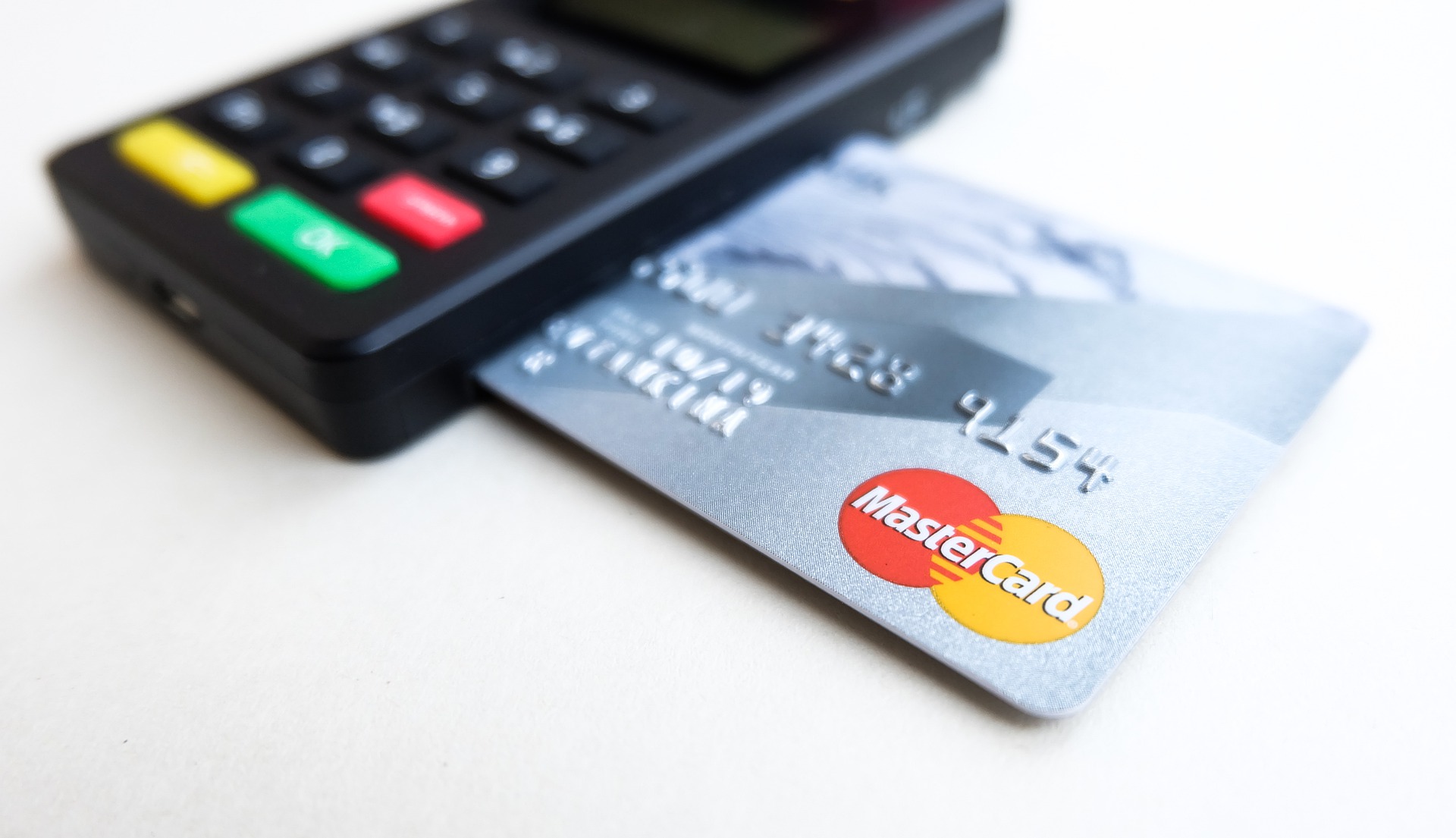The following is adapted from “Your Money Vehicle.”
When you’re out for lunch with friends, buying concert tickets, or getting a new pair of shoes, you are often faced with the same question: “Should I use my debit or credit card?”
You think of a commercial that made your credit card look like a wise financial decision — I mean, credit is everywhere, right? What could go wrong? The commercial talked about building up your credit score and even went so far as to entice you with the possibility of receiving “amazing rewards!”
However, to make the right decision, you must understand the difference between the two payment options, and why that credit card company is so eager to get you to use its product. Let’s take a look at what separates credit from debit—and why debit is usually the safer option.
Credit vs. Debit: What’s the Difference?
Both credit and debit cards can be used for the same end: to make purchases. Their differences, however, can be summarized by the following three questions:
- Where does the money come from?
- What is being transferred?
- Will I be charged interest?
Let’s look at an example. You get out of your car to pump some gas, then swipe your card to pay for it. Who is being contacted? What are they sending? What does it cost? Some would say it doesn’t matter as long as the transaction goes through. But there is a significant difference in how you choose to pay for filling up your gas tank.
Let’s answer each of these questions and see how credit cards and debit cards compare.
Where Does the Money Come From?
Credit cards and debit cards pull money from different places, but you wouldn’t know it simply by swiping one of them at the checkout line.
When you swipe a debit card, a signal is sent directly to your bank, alerting them that some of the funds you have in your account are being used to complete your purchase.
When you swipe a credit card, a signal is sent to a third party — not you or your bank, but a credit company, or lender. This third party is being alerted that funds are being requested. You then borrow the money from that company to make the purchase.
Once the signal for the purchase is sent, the type of card you used determines what happens next.
What Is Being Transferred?
With a debit card, your bank will be sending over cash from your bank account to pay for your purchase. So, if you have $100 in your bank account and use $20, you will now have $80 in your bank account.
With a credit card, the credit company will be sending cash to the gas station and credit to your account. What is being sent to you is not cash, it is credit, or a promise that you will pay the credit card company (a lender) cash at a later time later.
The usage of credit is based on trust and allows you to buy something without paying for it — it is based on trust because the loan is “unsecured.” A secured loan for a home or a car has an underlying asset to it that if things were to go wrong the lender would receive, or what is called “collateral.”
In the case of using credit (an unsecured loan), there is nothing the company can take away if you decide not to pay. At least not immediately. This is why they must trust that you will pay your loan back in the future. So, if you have $100 in your bank account and charge $20 on your credit card, you will still technically have $100 in your bank account, but you will also have a loan for $20.
That’s not to say you can get away with not paying your credit card bill. Two reasons falling behind on payments will cause you to owe even more:
- There will be penalties for missing payments and the company will raise the interest rate you are charged going forward.
- Failing to pay can also hurt your credit score—a score other lenders use to determine your reliability as a borrower—which can hurt your future ability to get a loan.
Speaking of interest, let’s look at how debit cards differ.
Will I Be Charged Interest?
Debit cards don’t charge you money to make the transaction, because you are using your money, and once the cash lands, the transaction is complete.
As I described above, credit cards charge you interest, because when the credit company sends cash to the gas station, a loan or credit is sent to you. Remember this: There are almost always strings attached when you use other people’s money. Regarding credit cards, the string is called an Annual Percentage Rate (APR). The APR is the percentage of interest that will be charged over an entire year.
Why Debit Is Cheaper Than Credit
To summarize the difference between debit cards and credit cards: Debit is spending your own money, while credit is borrowing money to pay for your purchases.
Debit is the cheaper of the two options because it protects you from spending more money than you’re making — you can’t spend more than what is in your bank account. Well, you may be able to, but there are ways to set things up with your bank to make sure you don’t.
Credit, on the other hand, makes it easy to spend money that you don’t have. You’re borrowing it, and paying interest for the privilege of borrowing it. This leads to what is sometimes called a “credit trap” or when your purchase ends up costing more than you thought.
Fortunately, there’s an easy way to USE your cards: Treat your credit card like a debit card. This means you should not spend what isn’t in your bank account and avoid the ‘credit trap’!
Like what you see? Get more content sent directly to your inbox! Sign up for the Money Vehicle Movement Newsletter!
More from Money Vehicle:









